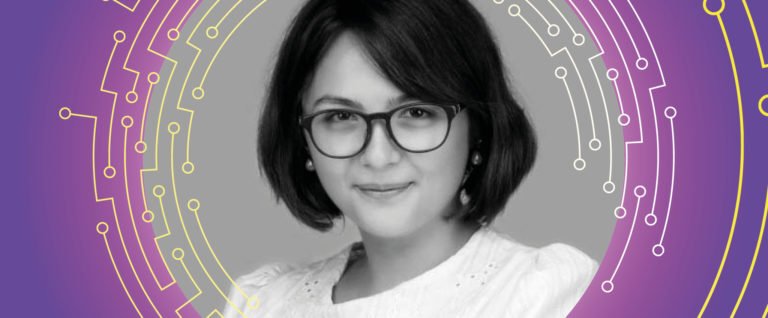The Future Of Work Is Powered By Al And ML
- Technology Solutions
- 0 Replies
The technologies that support artificial intelligence (AI) and machine learning (ML) are maturing quickly. They can now support a broader array of functions that can do a lot to make businesses more efficient. AI and ML could also be vital for creating better work environments for people.
Despite recognizing the promise of these technologies, many businesses are slow to adopt AI and ML tools. Some might be unsure of the benefits. Others might be skeptical of the capabilities of AI. You will also find many who are reluctant to make the financial investment and some who just don’t want to change the way they do things.
This reluctance to change won’t be tenable for long. The cost of these tools is coming down. They are also becoming more accessible. If your business does not leverage AI and ML, your competition will.
What can AI and ML do for your business? Read on to see how AI and ML can improve efficiency, performance and the employee experience.
Taking On Simple Tasks
Most offices have a lot of work involving tasks that are simple, tedious, and repetitious. These tasks don’t require significant training or intelligence to perform, but they need to get done all the same. This type of work not only consumes incredible amounts of human working hours at many organizations, but it also tends to be boring. In other words, it is eating up time on the clock, and your employees probably hate doing it.
Continue reading: https://www.forbes.com/sites/forbestechcouncil/2022/06/03/the-future-of-work-is-powered-by-al-and-ml/?sh=4385e4b153c0
Despite recognizing the promise of these technologies, many businesses are slow to adopt AI and ML tools. Some might be unsure of the benefits. Others might be skeptical of the capabilities of AI. You will also find many who are reluctant to make the financial investment and some who just don’t want to change the way they do things.
This reluctance to change won’t be tenable for long. The cost of these tools is coming down. They are also becoming more accessible. If your business does not leverage AI and ML, your competition will.
What can AI and ML do for your business? Read on to see how AI and ML can improve efficiency, performance and the employee experience.
Taking On Simple Tasks
Most offices have a lot of work involving tasks that are simple, tedious, and repetitious. These tasks don’t require significant training or intelligence to perform, but they need to get done all the same. This type of work not only consumes incredible amounts of human working hours at many organizations, but it also tends to be boring. In other words, it is eating up time on the clock, and your employees probably hate doing it.
Continue reading: https://www.forbes.com/sites/forbestechcouncil/2022/06/03/the-future-of-work-is-powered-by-al-and-ml/?sh=4385e4b153c0

























